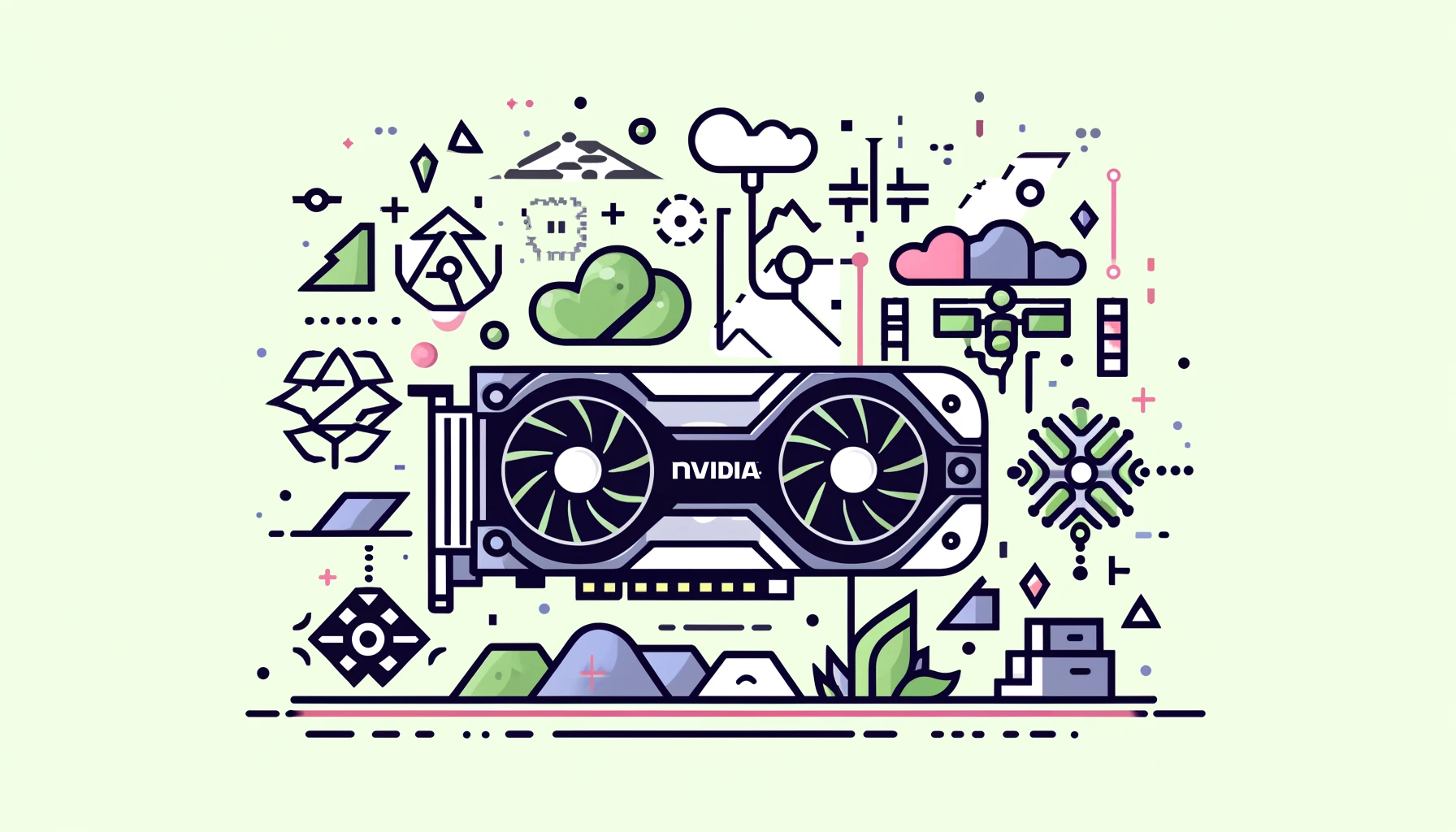
Taiwanese electronics manufacturers are adopting Nvidia’s industrial digitalization technology, known as digital twins, to transform their factories into more autonomous facilities. This technology combines Nvidia Metropolis vision AI, Nvidia Omniverse physically based rendering and simulation, and Nvidia Isaac AI robot development and deployment to create a digital replica of the factory. This digital twin enables companies to design, test, and optimize their factory layouts virtually, reducing the need for costly physical changes and improving operational efficiency.
Several major Taiwanese electronics companies are already using Nvidia’s digital twin technology to enhance their manufacturing processes. These companies include:
| Company | Description |
|---|---|
| Foxconn | Uses Nvidia Omniverse to develop digital twins of its factories, allowing engineers to define processes and train robots in a virtual environment. |
| Delta Electronics | Utilizes Nvidia Isaac Sim to virtually integrate its demo production lines and generate physically accurate, photorealistic synthetic data for training computer vision models. |
| Pegatron | Deploys Nvidia Metropolis multi-camera workflow and connects its Omniverse and Metropolis factory digital twin workflow to Nvidia NeMo and Nvidia NIM for real-time monitoring and optimization. |
| Wistron | Extends its use of Omniverse to develop digital twins of data centers, allowing for virtual simulation and testing of facility and workflows. |
The adoption of Nvidia’s digital twin technology by Taiwanese electronics manufacturers offers several benefits, including:
- Improved Efficiency: By simulating factory layouts and processes virtually, companies can optimize space, processes, and efficiency without costly physical changes.
- Reduced Costs: Digital twins enable companies to test and optimize their factory layouts virtually, reducing the need for physical prototypes and minimizing the risk of costly mistakes.
- Enhanced Safety: Digital twins allow companies to simulate and test their factory layouts in a virtual environment, reducing the risk of accidents and improving worker safety.
- Increased Productivity: By optimizing factory layouts and processes virtually, companies can increase worker efficiency and reduce production times.
Nvidia’s robotics technology is also being used by Taiwanese electronics manufacturers to automate their factories. For example, Foxconn is using Nvidia Isaac Manipulator to train its robot arms to perform tasks such as picking up and placing components. This technology enables robots to learn how to see, grasp, and move objects with high precision and accuracy.
Nvidia is collaborating with several major companies to advance its digital twin and robotics technology. These partnerships include:
- Siemens: Nvidia and Siemens are connecting Siemens Xcelerator applications to Nvidia Omniverse Cloud API microservices, enabling companies to use Siemens’ software with Nvidia’s digital twin technology.
- Intrinsic: Nvidia is working with Intrinsic, a software and AI robotics subsidiary of Alphabet, to integrate Nvidia Isaac Manipulator into Intrinsic’s platform, enabling the development of scalable, universally applicable robotic-grasping skills.
- Teradyne Robotics: Nvidia is collaborating with Teradyne Robotics to integrate Nvidia Isaac into its automation solutions, enabling the development of advanced AI-based robotic arms.
To address the increasing need for real-time AI computing at the industrial edge, Nvidia has announced the general software availability of Nvidia AI Enterprise-IGX with Nvidia Holoscan on the Nvidia IGX platform. This solution empowers solution providers within the medical, industrial, and scientific computing sectors to develop and deploy edge AI solutions faster, with enterprise-grade software and support.
Nvidia’s digital twin technology is transforming the manufacturing industry by enabling companies to design, test, and optimize their factory layouts virtually. Taiwanese electronics manufacturers are at the forefront of this transformation, leveraging Nvidia’s technology to improve efficiency, reduce costs, and enhance safety. As the adoption of digital twins and robotics technology continues to grow, it is likely that we will see even more innovative applications of Nvidia’s technology in the future.
